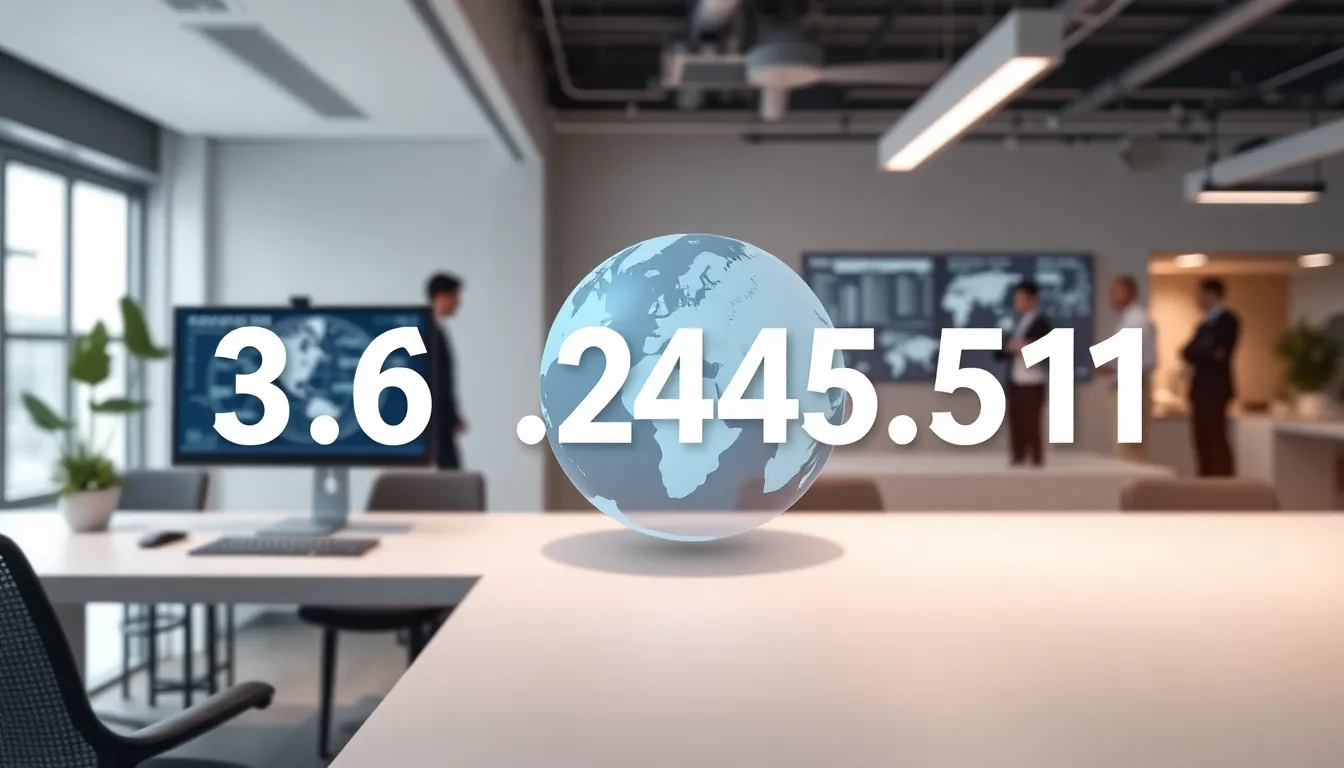Ever wondered what IP addresses really mean or how they function in our daily digital lives? Well, buckle up. Today, we’re diving headfirst into the world of 3.6.245.251. It’s not just another string of numbers: it’s a key player in the vast digital landscape. Spoiler alert: by the end of this article, you’ll know more about IP addresses than your tech-savvy friend, and you might even impress them at your next trivia night. Let’s get started.
3.6.245.251

An IP address, or Internet Protocol address, serves as a unique identifier for devices on a network. Think of it as the digital equivalent of a home address, allowing devices to communicate with one another across the wild expanse of the internet. Just like you wouldn’t send mail to a house without an address, devices need these numerical labels to send and receive data.
In essence, every time someone visits a website or sends an email, their device uses an IP address to identify itself, facilitating a seamless flow of information. IP addresses can change based on where a device connects to the internet, which leads us to the two primary types of IP addresses: IPv4 and IPv6.
Types Of IP Addresses
IP addresses come in two flavors, much like how one might choose between vanilla or chocolate ice cream.
IPv4 Address
IPv4 addresses are the most common, consisting of four sets of numbers separated by periods, like this: 192.168.1.1. Each number ranges from 0 to 255 and can accommodate roughly 4.3 billion unique addresses. Still, with the explosion of internet-connected devices, this number has started to dwindle.
IPv6 Address
Then, enter IPv6, the superhero of IP addresses, designed to replace IPv4. It uses a much larger address space, providing an almost infinite number of unique addresses. These addresses look different: they’re longer and can even include letters, like this: 2001:0db8:85a3:0000:0000:8a2e:0370:7334.
While IPv4 is still widely used, the shift to IPv6 ensures that the internet can continue growing without running out of addresses.
Exploring 3.6.245.251
3.6.245.251 is an IPv4 address that may not immediately ring a bell, yet it holds significance similar to the lamp post on your street, it’s necessary for navigation in the vast world of the internet.
To understand this address, one can examine its structure. The first octet, ‘3′ indicates it falls within a certain class of IP addresses used for various networking purposes. Often, it is used for commercial purposes by companies or ISPs, highlighting its importance.
Knowing the location and purpose of this IP can be crucial for network management, cybersecurity measures, or simply understanding where online traffic is coming from.
Geolocation And Its Importance
Geolocation refers to the identification of the geographic location of a device based on its IP address. This function is essential in various applications, from personalized content delivery to security measures.
For instance, when you log onto a streaming service, the platform might use geolocation to determine what content is accessible to you based on your location. Similarly, businesses use geolocation to cater to clients in specific areas, enhancing the overall customer experience.
Also, understanding geolocation tied to an IP like 3.6.245.251 helps in cybersecurity. It allows organizations to monitor and block suspicious activities from unfamiliar locations, ensuring that sensitive data remains secure.
Common Uses Of 3.6.245.251
3.6.245.251, like many IP addresses, serves various purposes in the digital world, from web hosting to data management.
Security Considerations For 3.6.245.251
In terms of security, it is critical to know whether an IP address can potentially pose a threat. Security professionals often analyze IP addresses to discern if they are associated with malicious activity. This involves investigating the IP’s history, reputation, and behavior, often utilizing IP intelligence services to ensure that 3.6.245.251 has not been flagged for suspicious actions.
If an organization notices unusual traffic coming from this IP or any other, implementing security measures like blocking or scrutinizing connections becomes essential to maintain the integrity of their network.
How To Trace An IP Address
Tracing an IP address may sound complex, but thanks to user-friendly tools and services, it’s quite accessible for anyone.
There are several online tools available for tracing IP addresses. By entering the IP, like 3.6.245.251, users can uncover valuable information. This includes the ISP, geolocation, and even the organization associated with it. Services like WHOIS and IP geolocation databases provide insights that can be beneficial for both individuals and businesses.
Besides, knowledge of tracing IP addresses plays a vital role in preventing and investigating cybercrimes. It empowers users to identify and report suspicious activities, enhancing the overall safety of the online environment.


